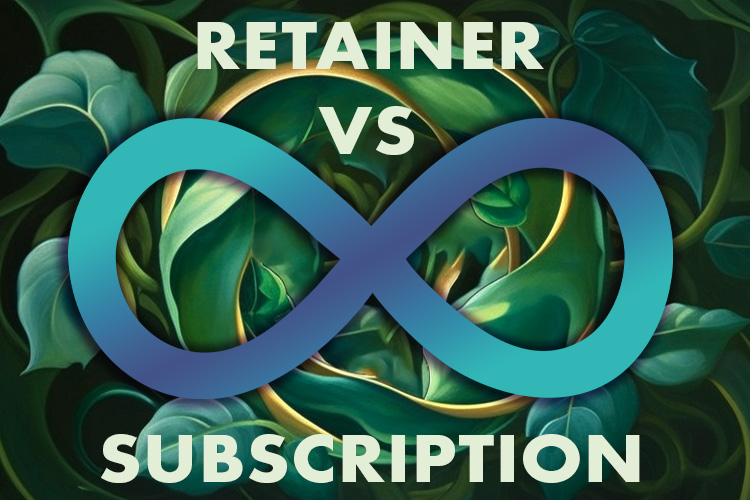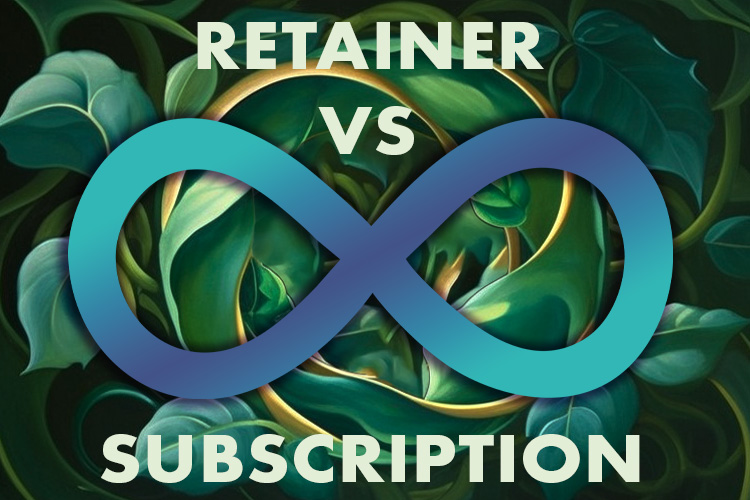Making a Strategic Switch to the Subscription Model
As a small business owner, one of your top priorities is likely to ensure a stable and sustainable revenue stream. One way to achieve this is by transitioning your business model from traditional retainers to a subscription-based model. In this blog post, we’ll explore the benefits of a subscription model and how you can successfully convert your client base to this approach.

The Benefits of a Subscription Model
The subscription model offers several advantages over traditional retainers, including:
- Predictable revenue: With a subscription model, you have a consistent and predictable revenue stream. This allows you to plan and budget for the future, knowing that you have a stable income source.
- Improved cash flow: Unlike retainers, which are paid upfront, subscriptions are paid on a recurring basis. This means you can better manage your cash flow and reduce the risk of cash flow fluctuations.
- Increased customer loyalty: By providing ongoing value to your clients, you can build long-term relationships and increase customer loyalty. This can lead to higher retention rates and increased revenue over time.
Converting Your Client Base to a Subscription Model
Transitioning your client base to a subscription model requires a strategic approach. Here are some steps you can take to successfully make the switch:
- Educate your clients: Many clients may not be familiar with the subscription model or may have misconceptions about it. It’s essential to educate them on the benefits of a subscription model and how it can benefit both parties.
- Offer a trial period: To help ease clients into the subscription model, consider offering a trial period. This will allow clients to experience the benefits of the subscription model before committing long-term.
- Provide ongoing value: To ensure that clients continue to see the value in the subscription model, it’s essential to provide ongoing value. This may include regular check-ins, additional services, or exclusive content.
- Communicate clearly: Communication is key when transitioning to a subscription model. Make sure you clearly communicate the terms of the subscription, including pricing, payment schedule, and cancellation policies.
- Provide excellent customer service: Customer service is critical when it comes to building long-term relationships with clients. Ensure that you provide excellent customer service throughout the subscription period to increase client satisfaction and loyalty.
Conclusion
Transitioning from traditional retainers to a subscription-based model can offer several benefits, including predictable revenue, improved cash flow, and increased customer loyalty. By taking a strategic approach and following the steps outlined above, you can successfully convert your client base to a subscription model and build a sustainable and thriving business.



